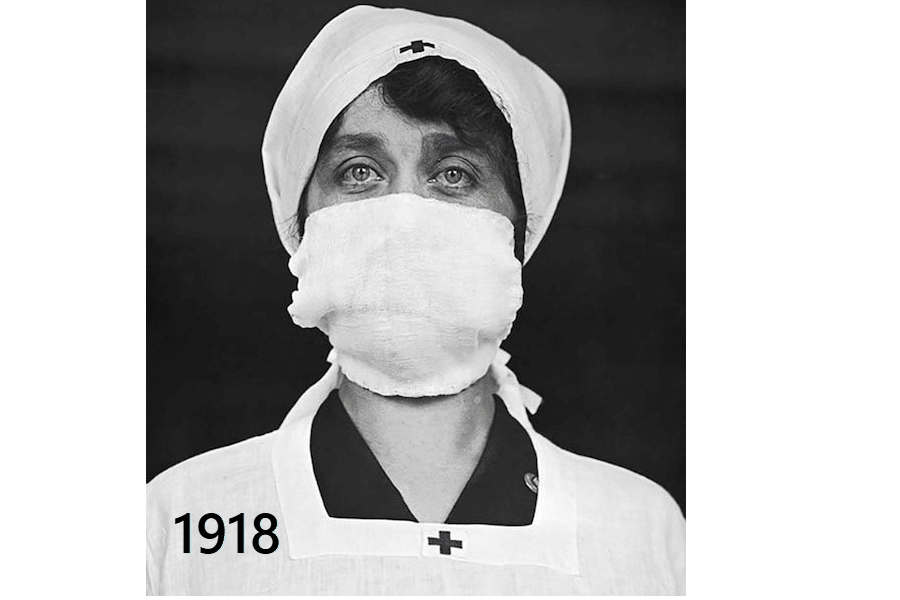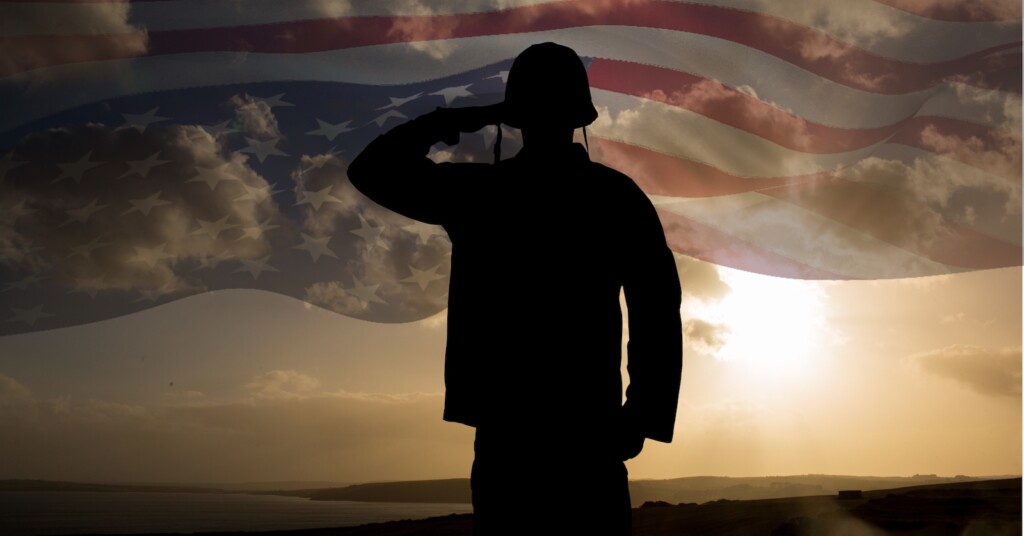
When Rachel Quist began researching and writing about Salt Lake City’s history in 2010 as a way to get to know her city, she found that most Salt Lake City historic makers told a particular version of Utah history, often from the point of view of Mormon pioneers or mining tycoons.
“There must be much more interesting history that I don’t know about that does not have historic markers,” Quist thought. Thus began her quest to seek out and share stories about Utah’s more obscure characters.
Quist started combing through the local sections of Salt Lake City newspapers that have been digitally archived looking for intriguing stories. “I like to find the obscure history — that history that is not well known but has still contributed to where we are as a city,” she says. She began sharing these stories on Instagram in 2015 and has racked up a following of devotees interested in Utah’s lesser-known past.

Entertaining tales are regularly featured on her Instagram account, including the legend of a notorious grave robber who was banished to an island in the Great Salt Lake and was never seen again, and a story from the Great Depression when Westminster College allowed its students to pay tuition by exchanging farm produce. She’s especially drawn to accounts that resonate with the present.
“The old newspapers are full of stories about suicide, drug abuse, domestic violence, gun violence, crime, homelessness and other topics that are fully relevant today. It is interesting to see how the past dealt with struggles. Sometimes they seemed to do better than we do, but most of the time I’m happy I didn’t live 100 years ago,” she said.
Quist’s Instagram account has been especially poignant during the COVID-19 pandemic and the recent upheaval over racial inequality. Without her daily three-hour round trip commute to work, she found more time to pursue her interest and post more about Salt Lake City’s history.
Quist has dug up stories and photos from the 1918 flu pandemic and previous disease outbreaks which demonstrates that Salt Lake City actually has an extensive history of quarantining its residents.
Her posts also offer snippets into Salt Lake City’s past struggles with racial injustice, unearthing stories about Utah’s history with the Ku Klux Klan, including the burning of a large cross on Ensign Peak in the 1920s.
She has profiled couples that found loopholes in Utah’s former ban on interracial marriage. There are also long-forgotten tales of Italian, Chinese, and Japanese immigrants that were integral in building the city we see today.
Quist has a particular interest in capturing the stories of old Salt Lake City buildings slated for demolition. Not much is done to document the loss of these old buildings. She has taken it upon herself to briefly document the history of a select few buildings before they’re leveled to make way for new construction.
“I find this frustrating because I work in historic preservation for a federal agency. When a federal agency needs to demolish a historic building, there is usually some kind of documentation or community outreach or a combination of the two,” said Quist.
She also finds it frustrating that there are no local historic districts on the west side of Salt Lake City, and very few west side buildings are designated as local historic landmarks.
“When we only protect certain types of history, we end up losing the reminders about our eclectic past.”







